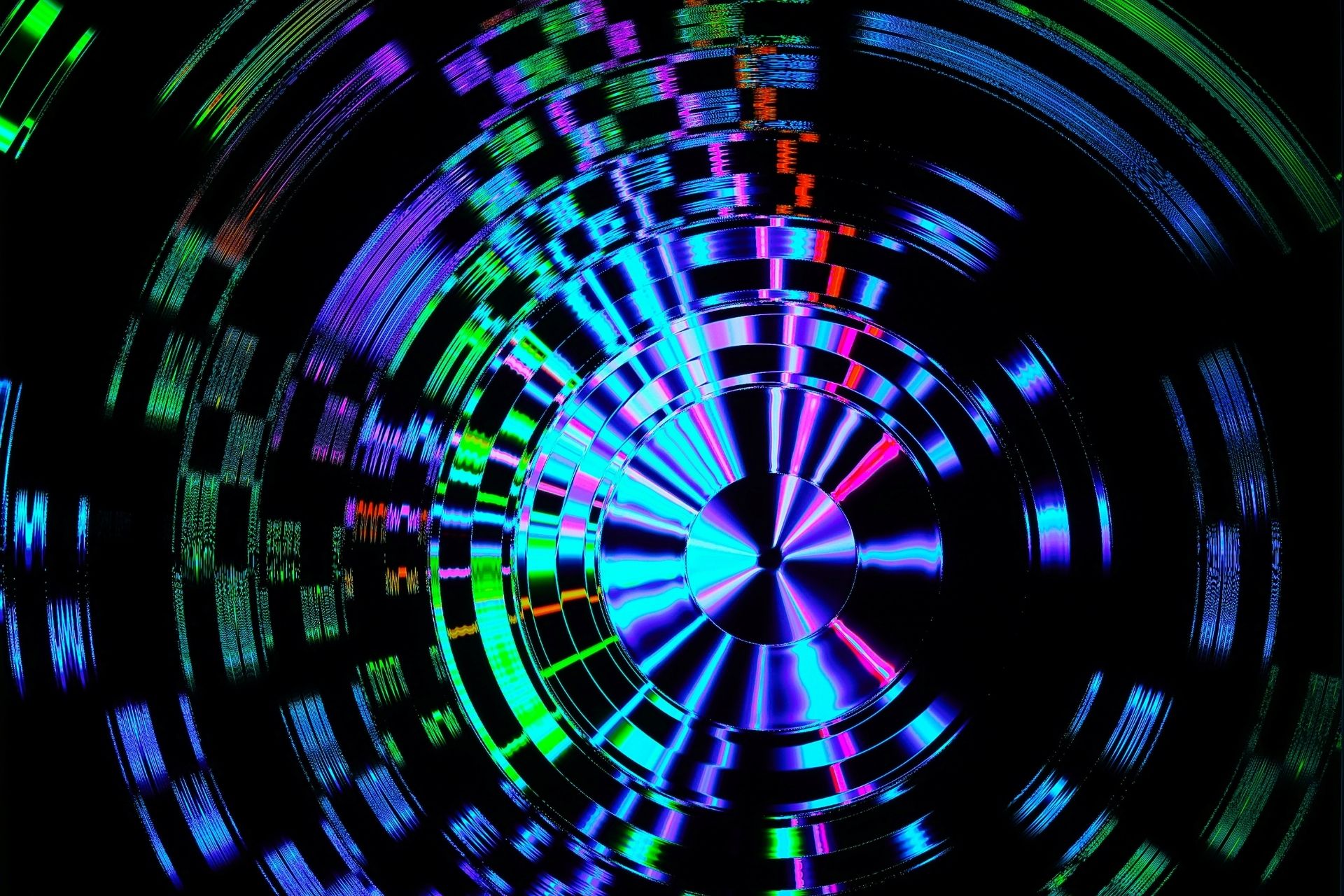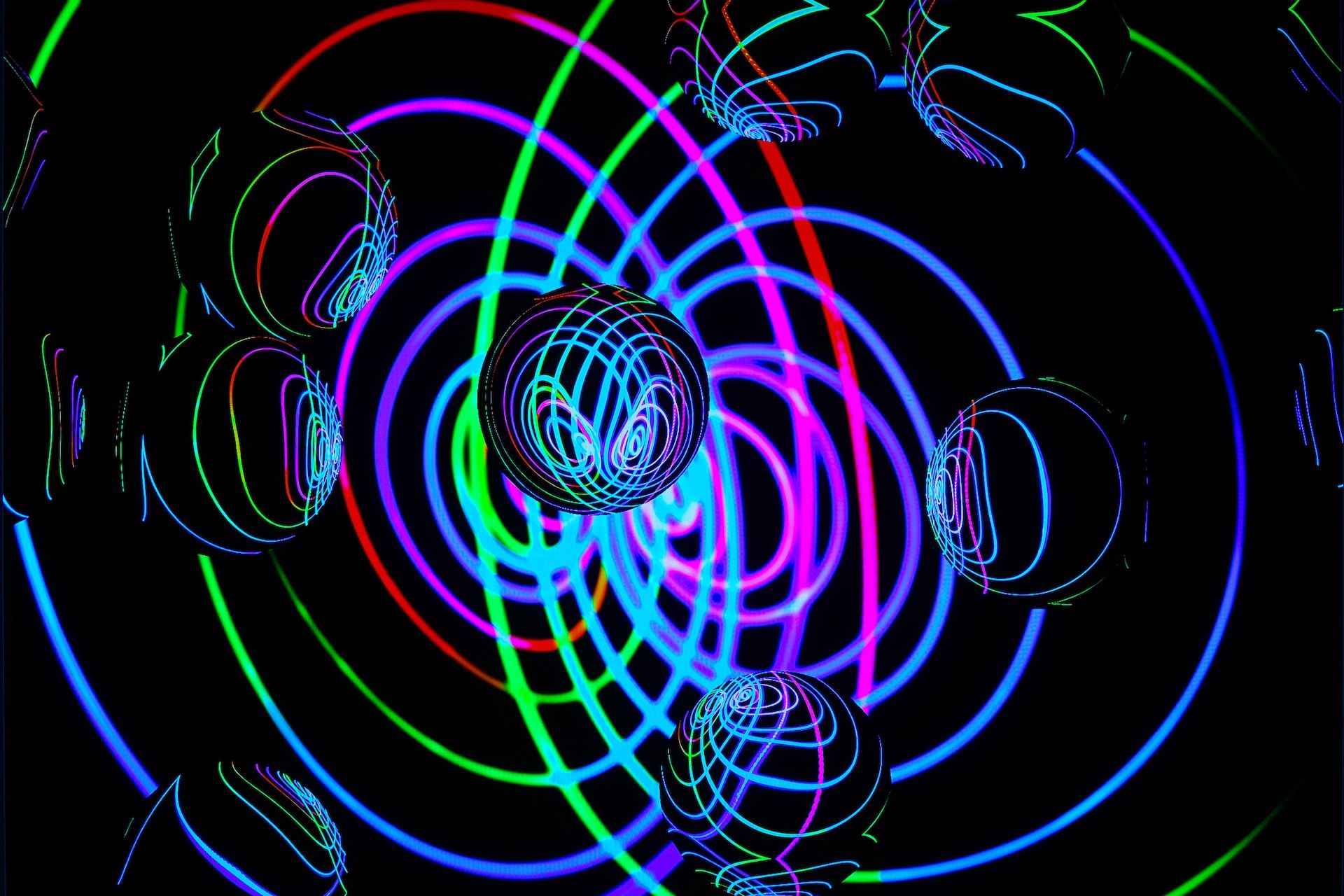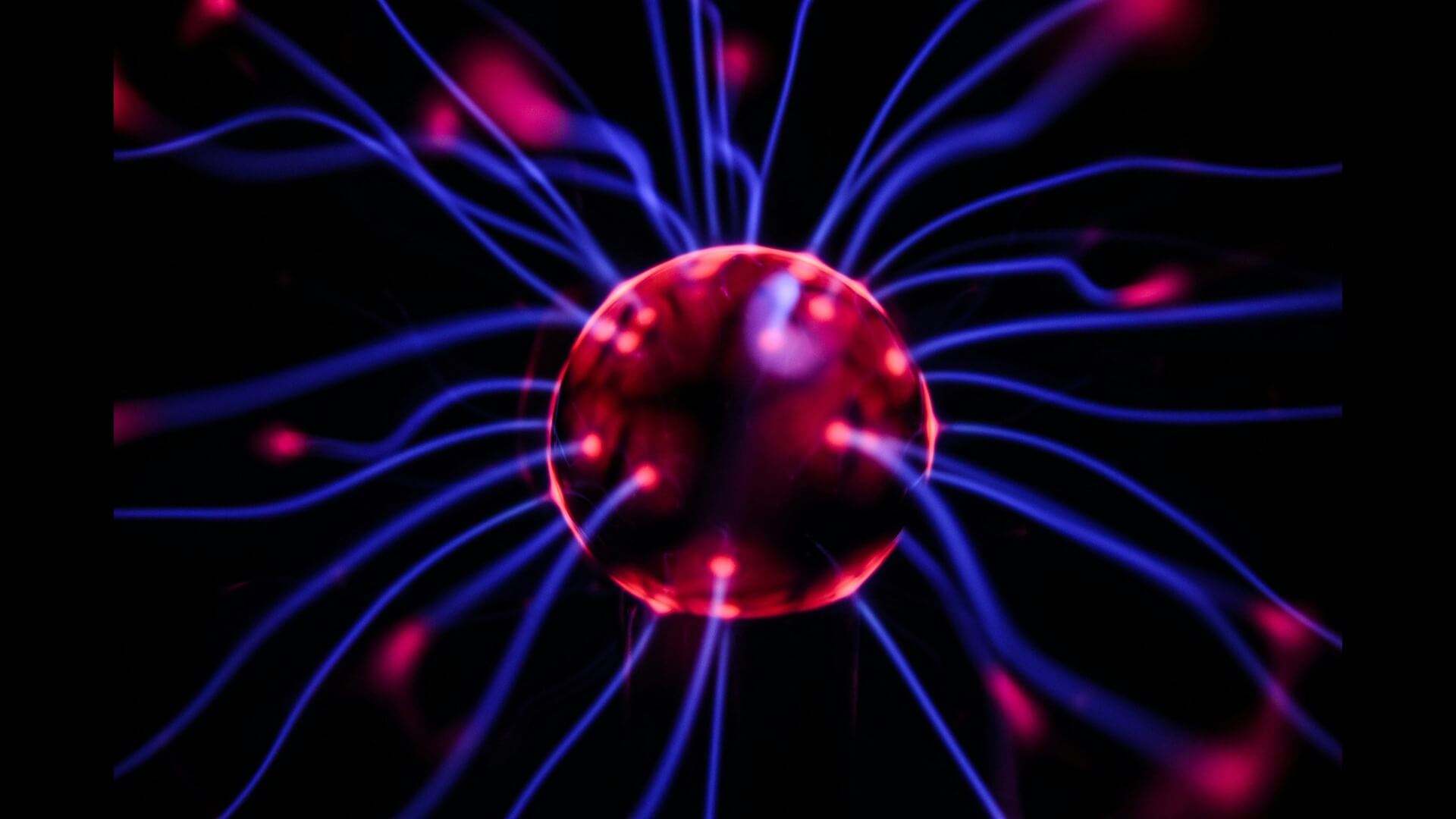
The Exciting Mystery of Quasiparticles
April 7, 2022 - Emily Newton
Revolutionized is reader-supported. When you buy through links on our site, we may earn an affiliate commission. Learn more here.
Quasiparticles are some of the most mysterious and intriguing objects in quantum physics. These bizarre phenomena are virtually impossible to observe. They behave like particles but don’t fit the normal characteristics of fundamental particles. Quasiparticles don’t appear independently like neutrons or atoms, either.
So, what are these baffling phenomena? Quasiparticles could be critical to the development of quantum computers. Despite lingering skepticism, many believe that quantum processing is the future of computing. Quasiparticles have the potential to make quantum computers mainstream if scientists can understand and control them.
Quasiparticles vs. Fundamental Particles
Even within the scientific community, quasiparticles can be an obscure topic. They’re not actual particles. Quasiparticles are phenomena that occur with fundamental particles. These subatomic particles are the basic building blocks of the universe. The strange relationship between quasiparticles and fundamental particles is a key part of what makes quasiparticles so intriguing.
The 17 Fundamental Particles
There are 17 known fundamental particles, also called elementary particles. These subatomic particles are unique because they aren’t made of any other particles. An electron, for example, cannot be broken down into any other particles. It is only and purely an electron.
The fundamental particles fall into two larger groups: fermions and bosons. Fermions are matter and antimatter particles while bosons are force-carrying particles. Each group has a few subgroups of fundamental particles. Scientists categorize fermions as either leptons or quarks, as well as antileptons and antiquarks. Bosons are categorized as gauge bosons or the Higgs boson.
All of the 17 unique fundamental particles fall into one of these groups and subgroups. Electrons, for example, are the lowest-mass member of the lepton category, which is a type of fermion. Boson and fermion particles diverge because their behavior follows different sets of statistics. Boson particles have a full integer spin while fermion particles have half-integer spin numbers. Additionally, fermions contain electrons while bosons are uncharged, neutral particles.
Quasiparticles: Neither Here, Nor There
Scientists sometimes lump quasiparticles together with a similar type of phenomenon known as collective excitation. The key difference between the two relates to fundamental particles. In general, quasiparticles are phenomena that occur with fermions. Collective excitation is a phenomenon that occurs with bosons.
Quasiparticles are not normal fundamental particles, but they are not independent structures either. They often have most of the expected characteristics of a fundamental particle but with unexpected differences. A quasi electron, for example, has a normal charge and spin but its mass does not match the typical mass of an electron.
While there are many theories about quasiparticles, they remain notoriously difficult to observe. They cannot occur independently in a vacuum, only within larger systems, such as solids. Additionally, quasiparticle phenomena form and disappear within 1 attosecond, which is 1 x 10-18 of a second.
It wasn’t until 2016 that scientists finally observed the formation of a real quasiparticle. An international team of theoretical physicists simulated the formation of a polaron by slowing down the formation process using an ultracold quantum gas. In 2021, scientists created Bose polarons and studied their interactions with solids using a similar method.
Types of Quasiparticles
The term “quasiparticle” sounds mysterious, but in reality, it simply means “seemingly a particle”. These are everyday fundamental particles displaying extraordinary behavior. Scientists have theorized many unique quasiparticles over the years. Here are a few of the most intriguing possibilities discovered so far.
Majoranas
The majorana quasiparticle is both a hole and an electron at the same time. Unlike the similar exciton, in which a hole and an electron orbit one another, in a majorana the two exist in the same space. This “hole” is actually the absence of an electron where one should be. It is both a particle and antiparticle at once. When the half-electron and half-electron hole coexist like this, the particle effectively has no energy and no charge.
This could be extremely useful in quantum computing. Theoretically, the majorana quasiparticle’s characteristics would allow it to exist in a type of superconductor where no other particles can go. Theoretical physicists believe they can “braid” the majorana’s hole and electron around one another to create quantum code, like the 1s and 0s of traditional computing.
Research on majorana quasiparticles is ongoing, with Microsoft among the most notable investors. However, no one has discovered real majorana particles yet.
Anyons
Another key player in the race for quantum computing is the anyon quasiparticle. Scientists theorize that these fascinating objects are 2D structures, which have never been found before. Unique even among quasiparticles, anyons are neither bosons nor fermions. Due to fractional statistics, anyons don’t behave like the fundamental particles in either main group. It is this unusual 2D behavior that makes anyons a candidate for quantum computing power.
In 2020, a team of physicists found what they believe to be the first hard proof of the existence of these quasiparticles. Physicists theorize that when two anyons swap positions with one another, their quantum state will reflect a “memory” of this change. This is purported to be evidence of the fractional statistics indicating an anyon.
The quantum memory created by two anyons orbiting one another could be a possible foundation for quantum computing. The anyon rotations would act as “code” similar to how majorana quasiparticles use braided holes and electrons in place of 1s and 0s. This is known as topological quantum computing. However, it remains theoretical as of 2022.
Polaritons
Not all quasiparticles are related to quantum computing. The polariton is an amazing quasiparticle that is unlocking the secrets of the universe, specifically black holes. These quasiparticles are a combination of light and matter created by the interaction between a photon and an exciton.
This creates a “liquid light” that behaves much like a black hole. Physicists are using this behavior to test theories about how black holes work. Black holes are notoriously difficult to study by nature, but polaritons make it possible.
The Impact of Quasiparticles
Quasiparticles are much more than strange theoretical physics. They have major implications in the real world, especially in quantum computing. Believed to be the future of computers, quantum computing has the potential to dramatically outperform traditional computers. Quantum computing makes calculations by analyzing the probability of a subatomic object’s state before that state is actually measured.
This is only possible when the subatomic objects are in a “superposition”. When in superposition, a physical system, such as quantum spin or orientation, is in numerous arrangements at once. With superposition, qubits, the computing bits of a quantum computer, can represent different things simultaneously. As a result, quantum computers can analyze many possibilities simultaneously. By comparison, traditional computers have to analyze possibilities one at a time.
There are several main theories for quantum computing platforms, such as the topological theory mentioned above. So far, quantum computers have faced numerous challenges that make it challenging for them to truly compete with traditional computers. The infrastructure of the technology itself is currently not viable for consumer electronics. With the help of quasiparticles, that could change one day.
The Mysteries of Quantum Physics
Quantum physics has long been thought of as the most mysterious corner of physics. It explores objects far too small to see that somehow make up the fabric of the entire universe. These baffling subatomic particles behave in ways that should not be possible, making the quantum realm even more confusing.
While quasiparticles remain highly theoretical, scientists have made great strides in recent years to discover and understand what exactly they are. Finding the answer could transform quasiparticles into the keys to quantum computing and the mysteries of the universe itself.
Revolutionized is reader-supported. When you buy through links on our site, we may earn an affiliate commission. Learn more here.
Author
Emily Newton
Emily Newton is a technology and industrial journalist and the Editor in Chief of Revolutionized. She manages the sites publishing schedule, SEO optimization and content strategy. Emily enjoys writing and researching articles about how technology is changing every industry. When she isn't working, Emily enjoys playing video games or curling up with a good book.







